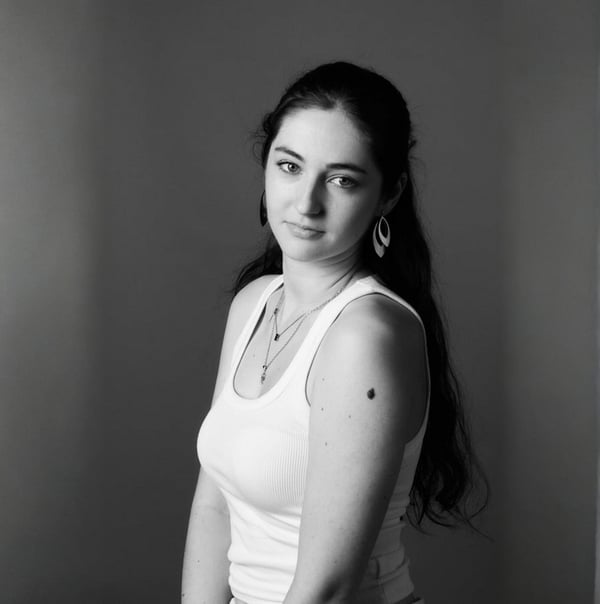Top AI Modeling Tools Transforming Fashion Design
Table of Contents
- The Foundations of AI in Fashion Design
- Top 5 AI modeling tools for fashion
- Empowering Designers with Intelligent Creativity
- Inclusivity and Body Representation in AI Fashion Tools
- AI and the Metaverse: A New Frontier for Fashion
- Looking Ahead: The Future of AI Modeling tools for Fashion
- FAQ: AI Modeling Tools For Fashion
The intersection between fashion design and artificial intelligence has given rise to one of the most significant technological shifts in the industry’s history. Once a field grounded in manual sketching, fabric draping and physical prototyping, fashion has now entered an era where AI modeling tools for fashion are redefining not just how clothes are created, but how creativity itself is expressed.
From independent designers to manufacturers, fashion professionals are increasingly turning to artificial intelligence to streamline workflows, boost innovation and align their creations with emerging consumer behaviors. These tools are not just about digitization, they represent a complete transformation in the way clothing is conceptualized, visualized, and brought to market.
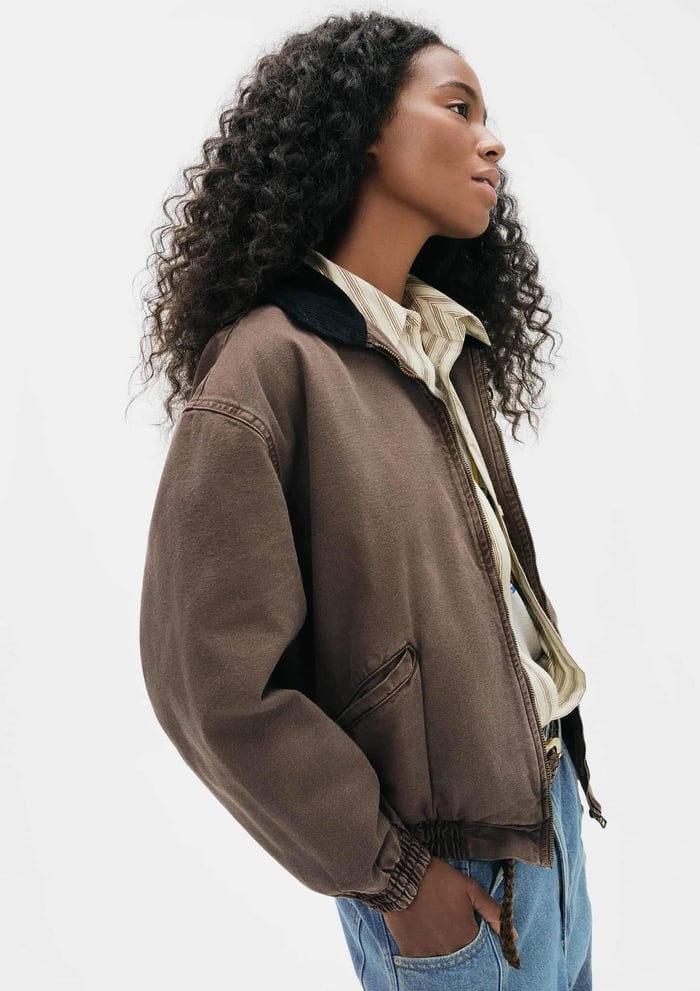
The Foundations of AI in Fashion Design
Artificial intelligence in fashion is based on learning patterns from vast datasets. These datasets include consumer preferences, historical design trends, body measurements, textile behavior, and even real-time social media activity. AI modeling tools digest this information and convert it into meaningful outputs for designers, suggesting styles, simulating garment behavior, or even generating entirely new silhouettes.
This shift is profound because it eliminates guesswork. Instead of relying solely on intuition or trend forecasting agencies, designers can now integrate predictive intelligence directly into their creative process. The result is fashion that’s not just stylish, but also market-ready, culturally relevant, and logistically optimized before it’s even manufactured.
AI modeling also supports sustainability in a way that traditional methods never could. With accurate 3D simulations and garment visualization, brands no longer need to produce endless samples. They can validate concepts digitally, make real-time adjustments, and reduce physical waste across the product lifecycle. This alone marks a fundamental evolution for an industry historically known for overproduction.
Top 5 AI modeling tools for fashion
Modelia: The New Standard for Virtual Fashion Modeling
Modelia stands out as one of the most exciting newcomers in the AI modeling landscape. Unlike traditional fashion design tools, Modelia was built from the ground up with artificial intelligence and inclusivity in mind. Its core strength lies in offering a hyper-realistic virtual modeling experience, enabling designers to try on digital garments across a range of diverse avatars in real time.
Modelia not only visualizes clothing but also captures how it moves dynamically on different body types, offering designers unprecedented insight into fit, flow, and aesthetic detail.
In addition, Modelia is built to integrate seamlessly with virtual fashion workflows. For independent designers working in digital fashion or virtual-only drops, Modelia provides a complete modeling solution with a sleek, intuitive interface. Its AI powered automation accelerates iteration and allows for the kind of creative experimentation that defines future-forward design
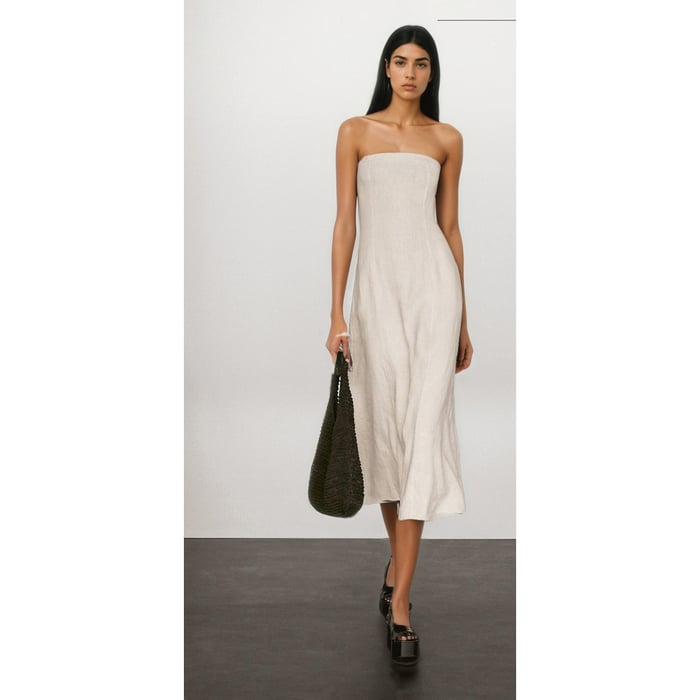
CLO 3D: Precision and Realism for Apparel Prototyping
CLO 3D is widely considered a pioneer in 3D garment simulation. Designed specifically for fashion designers, pattern makers, and technical developers, this tool merges virtual prototyping with real-world accuracy. The platform allows users to create true-to-life 3D garments using custom patterns, then simulate their fit and movement on digital avatars. CLO’s advanced physics engine enables accurate visualization of how fabrics stretch, drape, or fold in motion. This is critical for high-end fashion houses that need to validate garment construction before manufacturing even begins.
CLO is not just a digital tool; it's a precision instrument used across the global fashion supply chain.
Browzwear: Data-Driven Fashion Development
Browzwear has earned its reputation as one of the most robust fashion technology platforms, used by brands like Nike, PVH, and Columbia. Its AI modeling features are centered on 3D garment visualization and digital pattern development. What sets Browzwear apart is its emphasis on production-grade precision. The software includes integrations with PLM systems, fabric libraries, and manufacturing specifications, making it ideal for brands looking to scale efficiently.
Browzwear’s AI simulation engine renders garments with photo-realistic quality, incorporating real-world fabric physics. Designers can adjust tension maps, simulate stretch, and switch fabrics instantly to see how each decision affects the final garment. The platform’s true strength lies in streamlining the transition from design to production, and its AI features continuously adapt to input, offering suggestions that align with production feasibility and market trends.

StyleGAN by NVIDIA: Generative Design Meets Fashion Innovation
While not built specifically for fashion, StyleGAN, NVIDIA’s generative adversarial network, is being widely adopted in the creative industries, including fashion design. Its power lies in its ability to generate hyper-realistic images based on learned data. Designers and digital artists use StyleGAN to explore infinite variations of models, clothing, makeup, and poses, often for creative direction, campaign visualization, or virtual fashion assets.
In fashion, StyleGAN can assist in mood board creation, concept design, and even in building virtual model datasets for AR and e-commerce testing. Some digital fashion houses have even trained StyleGAN on their internal lookbooks to create entirely new garment concepts. Its use is experimental, but increasingly popular in forward-thinking digital fashion labs, where AI isn’t just a support system, it’s a creative collaborator.
By blending machine creativity with human aesthetic judgment, StyleGAN opens doors to avant-garde design exploration. It doesn’t simulate garments on a body, but it inspires the next generation of designers to think beyond what exists and imagine what could.
Marvelous Designer: Real-Time Draping for Motion-Ready Designs
Marvelous Designer is often used in tandem with CLO 3D, but it holds its own as a powerful tool for artists and designers who want real-time garment animation. Popular in the gaming and CGI industries, it is also gaining traction in fashion for its unmatched cloth simulation capabilities.
What distinguishes Marvelous Designer is its focus on motion-accurate draping. Designers can create garments in a pattern-based environment and immediately simulate how they react to movement, such as walking, dancing, or posing. For fashion houses exploring digital runway shows, animated lookbooks, or virtual fashion content, Marvelous Designer offers both beauty and utility.
It also bridges the gap between fashion and entertainment design. As brands enter the metaverse or create digital experiences for consumers, the ability to animate garments in a realistic and dynamic way becomes essential. Marvelous Designer makes it possible to prototype garments not only for the physical world but for virtual platforms, video games, and cinematic experiences.

Empowering Designers with Intelligent Creativity
There is often a misconception that AI replaces creativity, but in fashion, the opposite is true. AI modeling tools empower designers to be more creative by automating repetitive tasks and offering intelligent suggestions that enhance the design process. For example, a designer might input a few parameters, such as material type, intended occasion, or seasonal trend, and the AI will generate several concept variations based on that input.
This collaboration between human intuition and machine logic is where some of the most exciting developments in modern fashion are occurring. Designers still lead the vision, but AI extends the possibilities. It can propose color palettes based on trending emotions, adjust sizing across multiple body shapes instantly, and recommend structural changes based on consumer feedback or fit simulation.
It’s not about removing the human from the process, it’s about enhancing human potential through tools that adapt, learn, and evolve. Fashion, long associated with manual craftsmanship, is now also defined by algorithmic exploration.
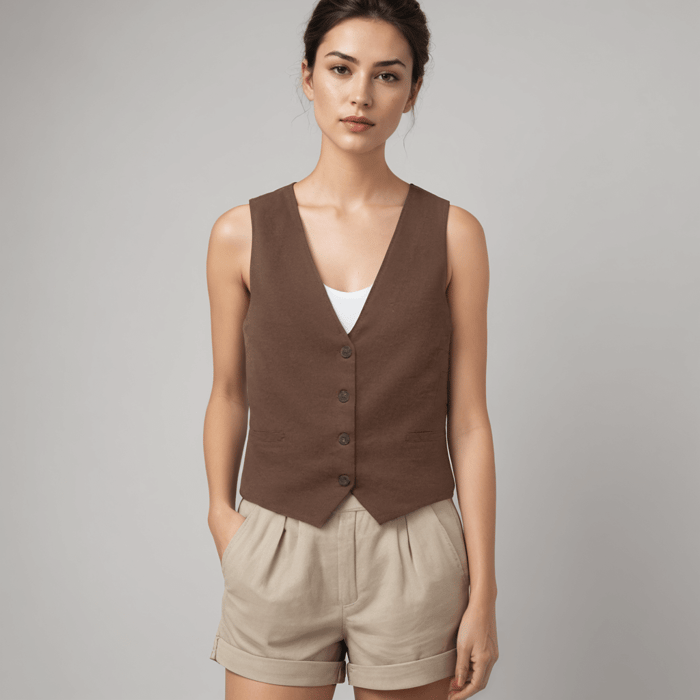
Inclusivity and Body Representation in AI Fashion Tools
The democratization of fashion design has always been an ideal, but until now, it’s been difficult to achieve. Most garments were historically created with a limited set of sample sizes and idealized body standards. AI modeling tools are changing that by enabling designs to be tested and visualized across a broad spectrum of body shapes, skin tones, genders, and mobility levels.
Designers can now build collections that are not only visually stunning but also more inclusive by default. Virtual fit models and digital avatars allow for true-to-life representation and fitting simulations, helping brands design for all people, not just the ones who fit traditional runway molds.
This inclusivity isn’t just a social good, it’s also a business opportunity. With AI making it easier to customize, grade, and simulate garments for niche markets, fashion brands are expanding their reach to underserved audiences and meeting the demands of modern consumers who expect representation, not tokenism.
AI and the Metaverse: A New Frontier for Fashion
As digital fashion moves into metaverse environments, gaming platforms, and AR-enhanced social media, AI modeling tools are becoming indispensable. Designers are no longer creating for physical catwalks alone, they are building virtual wardrobes, NFT wearables, and immersive shopping experiences that live purely in digital spaces.
These virtual garments, rendered using AI and 3D modeling, can now be sold, worn, and showcased in entirely new ways. With the ability to generate infinite variations, adjust to any avatar, and function across platforms like Roblox, Decentraland, and Unreal Engine, AI is not just influencing fashion, it’s expanding its definition.
For emerging designers, these digital-first environments also offer a lower barrier to entry. There’s no need for a physical studio or inventory when you can build a career designing digital fashion with the help of intelligent modeling platforms. The creative freedom is immense, and the potential for innovation is virtually limitless.
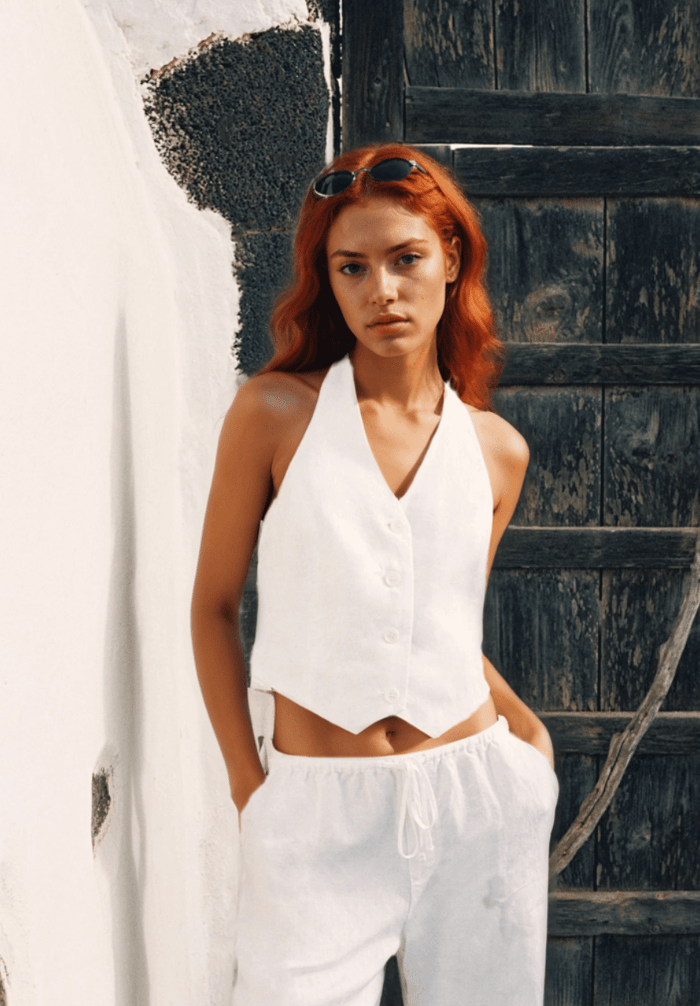
Looking Ahead: The Future of AI Modeling tools for Fashion
As AI modeling tools for fashion continue to evolve, the future of fashion design looks increasingly digital, data-driven, and responsive. We will see more brands adopting end-to-end AI workflows, from trend analysis and concept creation to digital sampling and consumer personalization.
This new era will be defined by speed, sustainability, and intelligence. Designs will be more reflective of cultural nuance and consumer feedback, garments will be more inclusive and better-fitting, and the industry as a whole will be more efficient and environmentally conscious.
In this transformation, fashion designers have a choice: remain tethered to the slow, fragmented workflows of the past, or embrace the dynamic, AI-enhanced possibilities of the future. The tools are here. The ecosystem is evolving. And for those ready to lead, the creative frontier is wide open.
Check Modelia and try it out for free!
FAQ: AI Modeling Tools For Fashion
What are AI modeling tools for fashion?
AI modeling tools for fashion are digital platforms that use artificial intelligence to generate realistic virtual models wearing clothing items. These tools help fashion brands create high-quality product images without the need for traditional photoshoots, saving time and costs.
How do AI modeling tools benefit fashion brands?
These tools enable fashion brands to quickly produce diverse and customizable images for their products. They offer features like virtual try-ons, various model poses, and different background settings, enhancing online shopping experiences and marketing materials.
Can AI modeling tools handle different body types and styles?
Yes, many AI modeling platforms provide a wide range of model options, including various body types, ethnicities, and fashion styles. This inclusivity allows brands to showcase their products to a broader audience and cater to diverse customer preferences.
Are AI-generated fashion images suitable for commercial use?
Absolutely. AI-generated fashion images are designed to meet professional standards, making them ideal for use in e-commerce websites, social media campaigns, lookbooks, and advertisements. They help maintain a consistent and high-quality visual presence across all marketing channels.
How would you rate this article:
Related Articles
- What Will You Be Wearing in 2026? Top Fashion Trends to Watch
- AI Clone Garment for Fashion Firms
- AI Photo Restoration: Revive Old Photos with Cutting-Edge Artificial Intelligence Technology
- Sketch to AI Art: How Designers Are Creating Digitally
- Top 9 AI Image Description Generators to Create Accurate Captions Automatically
- The Best Clothing for Travel: Fashion Staples for Comfort and Style
- The Best Shopify Integrations to Power Your Store
- 10 Best Artificial Intelligence Marketing Software for Small business
- Virtual Try-On Technology in Fashion: The Future of Online Shopping
- Best AI Tools for Apparel and Fashion Brands in 2025
